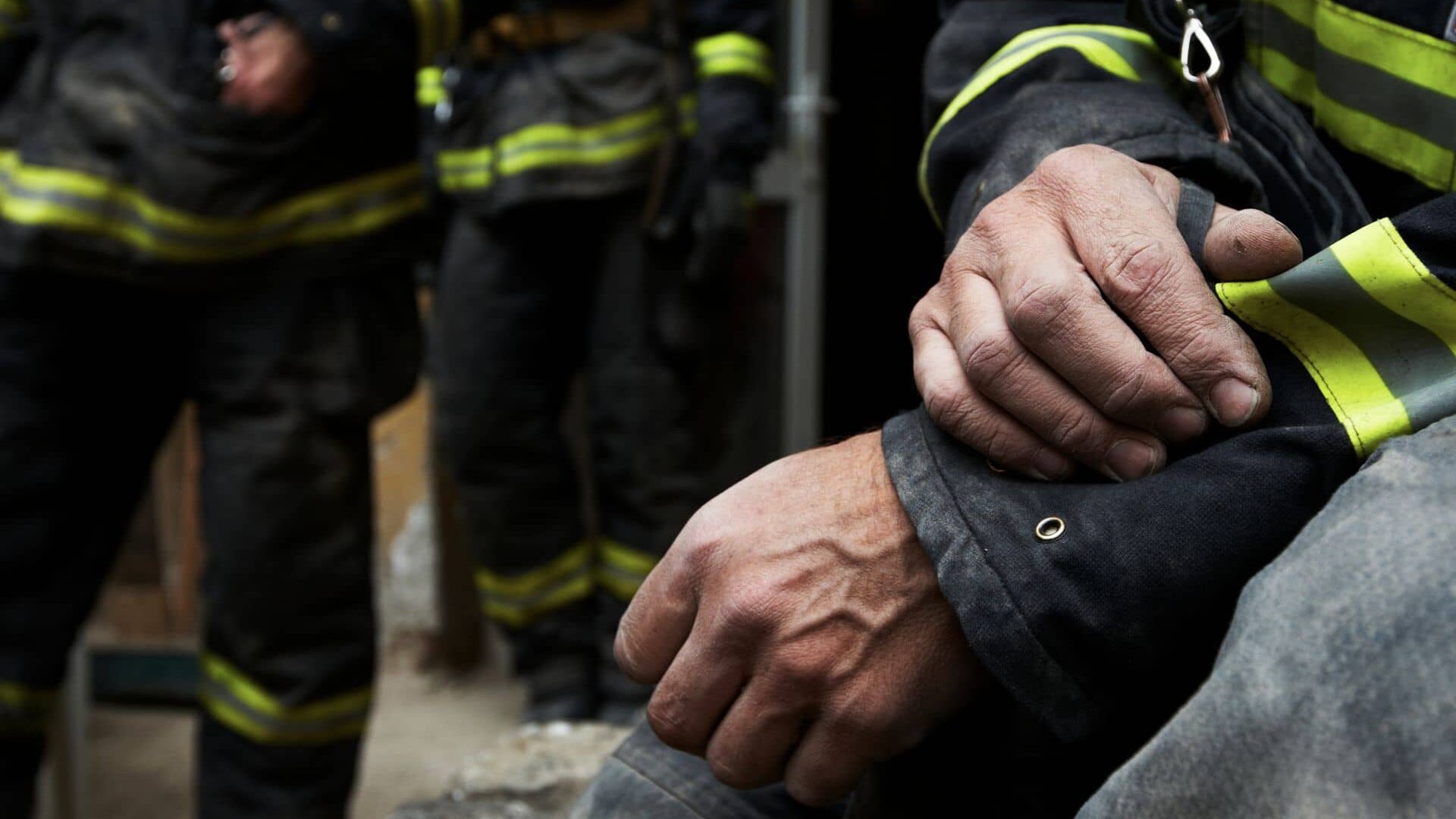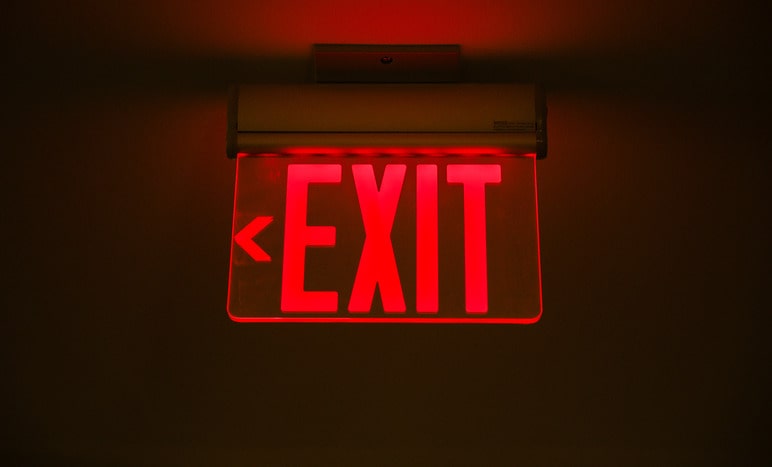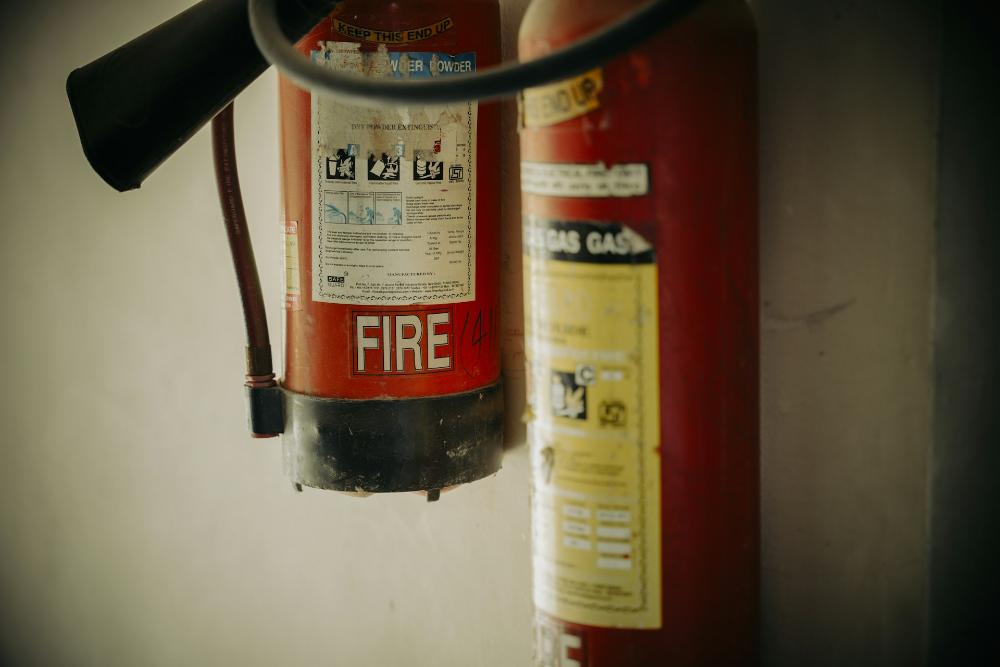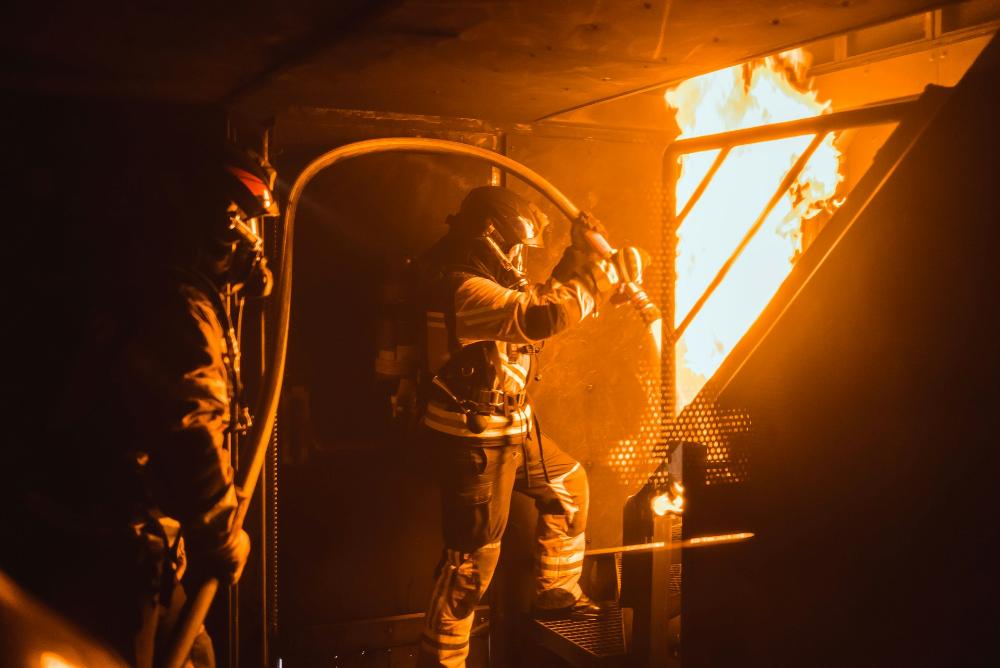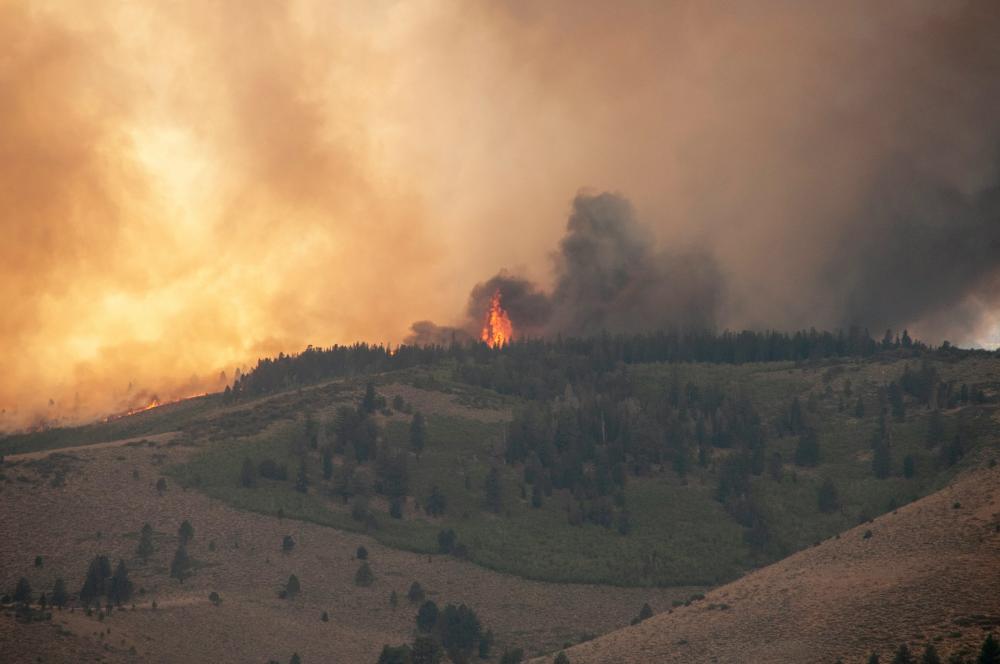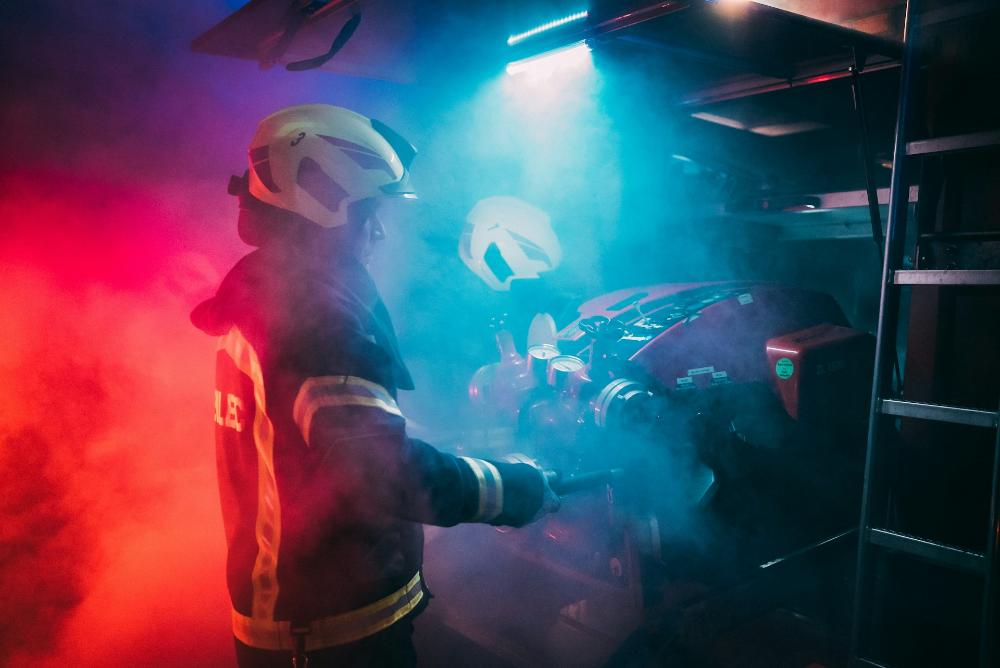Verify F-01 License
Contents
NFPA 25 vs 101: Fire Watch Rule Differences
Most safety directors treat NFPA like a single book. In reality it is a library, and two of the most referenced volumes, NFPA 25 and NFPA 101, sometimes contradict each other on when fire watch is required. Knowing which code controls can save you from double booking guards or, worse, having no guards when the inspector arrives.
Scope in One Sentence
NFPA 25 covers the inspection, testing and maintenance of water based fire protection systems. NFPA 101 is the Life Safety Code that governs how people exit a building safely. One protects the steel, the other protects the souls inside.
The Famous Four Hour Trigger
NFPA 25 states that any impairment lasting more than four hours in a twenty four hour period requires fire watch. The clock starts the moment water stops flowing, not when maintenance begins. This rule applies to sprinkler risers, fire pumps, standpipes and even sectional control valves.
Many facility managers assume they can pause the clock overnight and resume in the morning. The standard does not allow that pause. If the system is down at 6 p.m. and your vendor returns at 9 a.m., you need continuous patrol for the entire fifteen hour window.
NFPA 101 Adds Occupancy Risk
NFPA 101 introduces occupancy based triggers that can shorten or lengthen the requirement. For example, an assembly occupancy with a thousand seats must post fire watch the instant the alarm panel drops offline, even if sprinklers are still pressurized.
Health care occupancies are stricter. A hospital must maintain fire watch during any failure of the fire alarm or sprinkler system, regardless of duration. The code assumes patients cannot self evacuate, so waiting four hours is not an option.
When Both Codes Apply
Imagine a high rise hotel undergoing sprinkler riser replacement. The water is off for six hours and the alarm panel is also being upgraded. NFPA 25 demands fire watch after four hours. NFPA 101 demands it immediately because the building is an occupancy that sleeps guests above the 75 foot threshold.
In this case the stricter requirement wins. You post guards at hour zero, not hour four. Inspectors will cite the most restrictive standard, so always plan for the shortest fuse.
Documentation Differences
NFPA 25 wants impairment tags, contractor info and restoration test results. NFPA 101 wants evacuation route verification and occupant notification records. A single patrol log can satisfy both, but only if it includes checkpoint photos, time stamps and a column for occupant notices.
We append a QR code that links to a live dashboard. Inspectors scan the code and see both the sprinkler test certificate and the evacuation map update in real time. One click, two codes happy.
Practical Takeaway
If you manage any building where people sleep, gather or receive medical care, assume NFPA 101 controls and start fire watch at minute one. For storage or industrial sites, the four hour grace of NFPA 25 may apply, but always confirm with your local authority having jurisdiction because states can amend either code.
Bottom line, when the codes clash, pick the stricter path and document both. Your insurance carrier will thank you, and the inspector will move on to the next building.
Confused which standard rules your site? Send us your occupancy type and impairment plan. We’ll cross reference both codes and give you a free compliance chart you can hand to any fire marshal.
